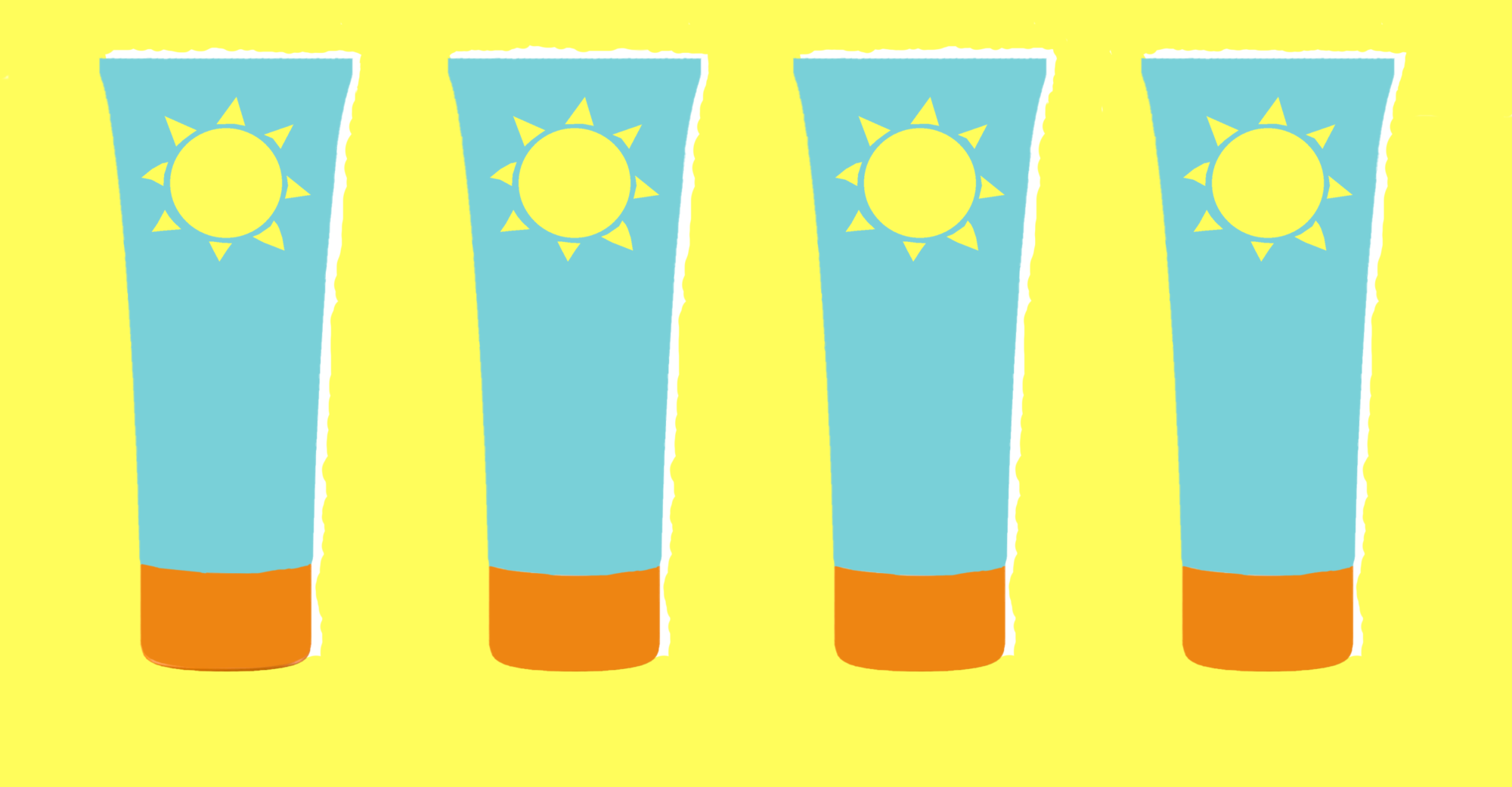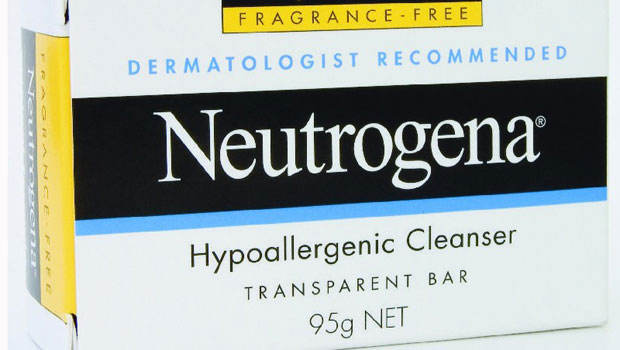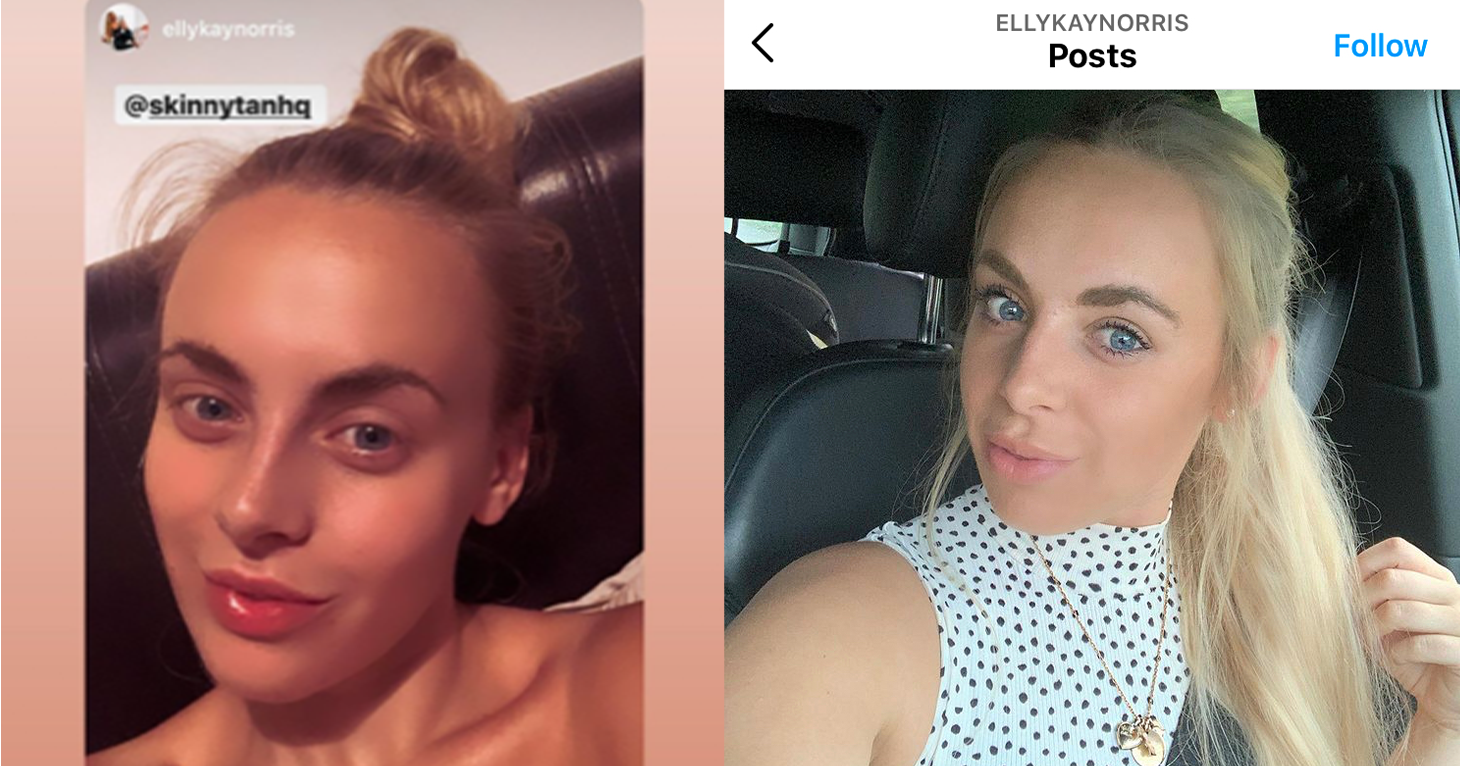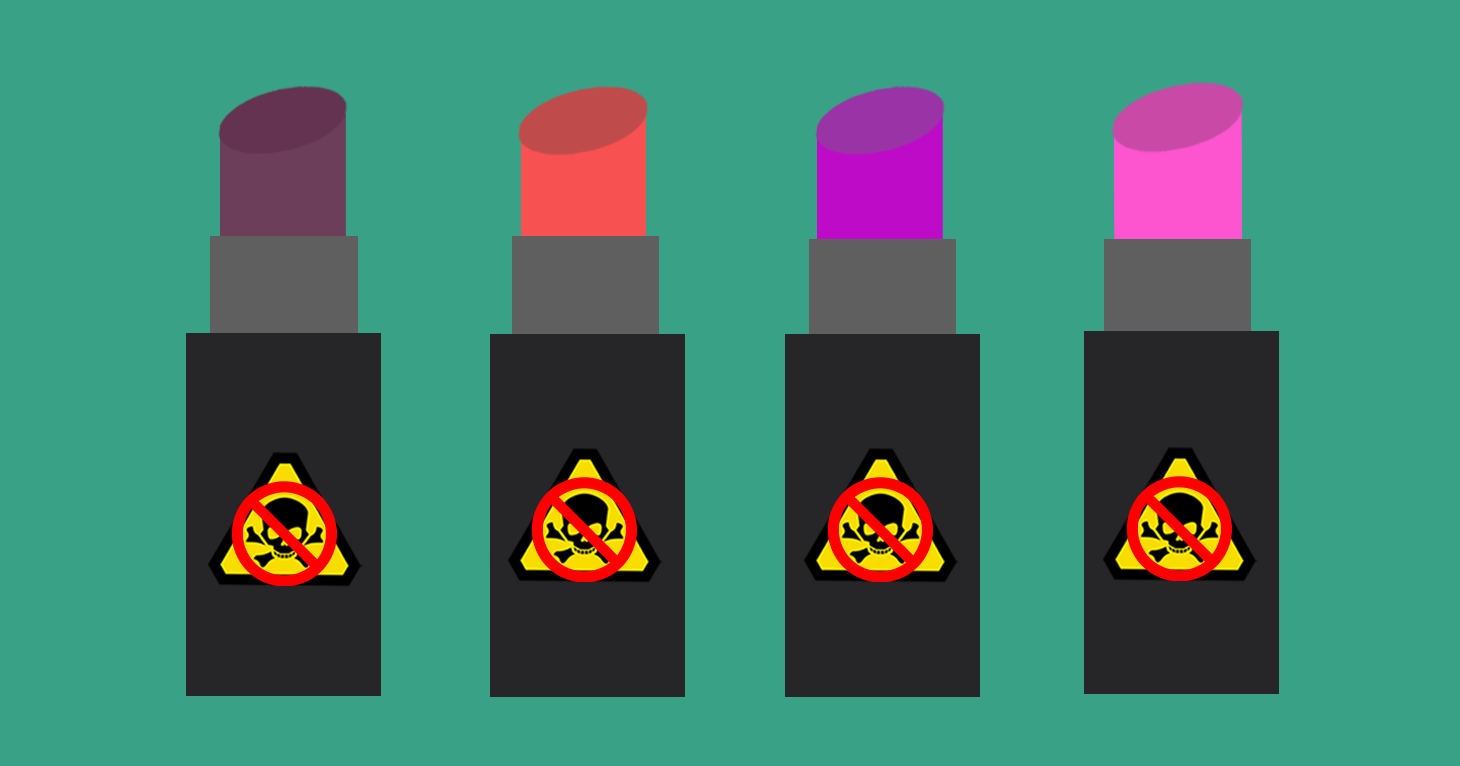
CATrends: Benzene in Sunscreen Products
Lawsuits allege labeling fails to disclose sunscreen products contain carcinogen.
Does the term really have meaning?
If you have sensitive skin, you may look for products with the words “hypoallergenic” or “allergy tested” or even “dermatologist tested” on the label. But what do these terms really mean? Not much, according to the FDA.
What does the law say?
In 1974, the FDA proposed regulation on the term hypoallergenic in cosmetics, saying that the term would only be allowed if manufacturers could provide competent and reliable scientific evidence that their hypoallergenic products caused fewer allergic reactions than similar non-hypoallergenic products. Cosmetics companies complained that the testing involved in following this regulation would pose an undue economic burden on them (i.e., they didn’t want to shell out the cash for it). The regulation passed, but the U.S. Court of Appeals for the District of Columbia eventually struck it down after Almay and Clinique challenged it.
Thus, there is no standard definition for the terms hypoallergenic, allergy tested, dermatologist tested, or dermatologist recommended. No standard definition = cosmetics companies can say it means whatever they want it to mean. After all, there is someone (or something, cue Twilight Zone music) out there, theoretically, who won’t react to a nice plutonium-based cleanser (the results on your pores are absolutely nuclear, darling!).
Why is it so hard to define?
Part of the difficulty with the term hypoallergenic is that people can have skin sensitivity for very different reasons. What irritates someone with rosacea may be very different from what irritates someone with acne, or very different from an ingredient that can irritate someone with ragweed allergies. The American Academy of Dermatology has a great guide to ingredients that may trouble people with certain skin conditions.
What can you look out for?
If a specific product seems to be consistently bothering you, check the ingredients list. Is there a particular ingredient in that product that is not in other non-irritating products? Eliminate that product from your regimen for a while, and try another product with the same suspect ingredient (but no other suspect ingredients). Did you suffer the same reaction again? Hello, science! You might have found the culprit.
Here are a few common ones you may want to pay attention to.
“Hypoallergenic” is meaningless on a label, but it may mean something for you. The Environmental Working Group and The Cosmetics Cop are two good places to begin researching specific cosmetics ingredients, and from there you just have to proceed by trial and error.
Lawsuits allege labeling fails to disclose sunscreen products contain carcinogen.
Instagram stories used filters that ASA said misleadingly exaggerated results tanning products could achieve.
Without a strong legal definition for “non-toxic,” cosmetic companies are making it up as they go along.


